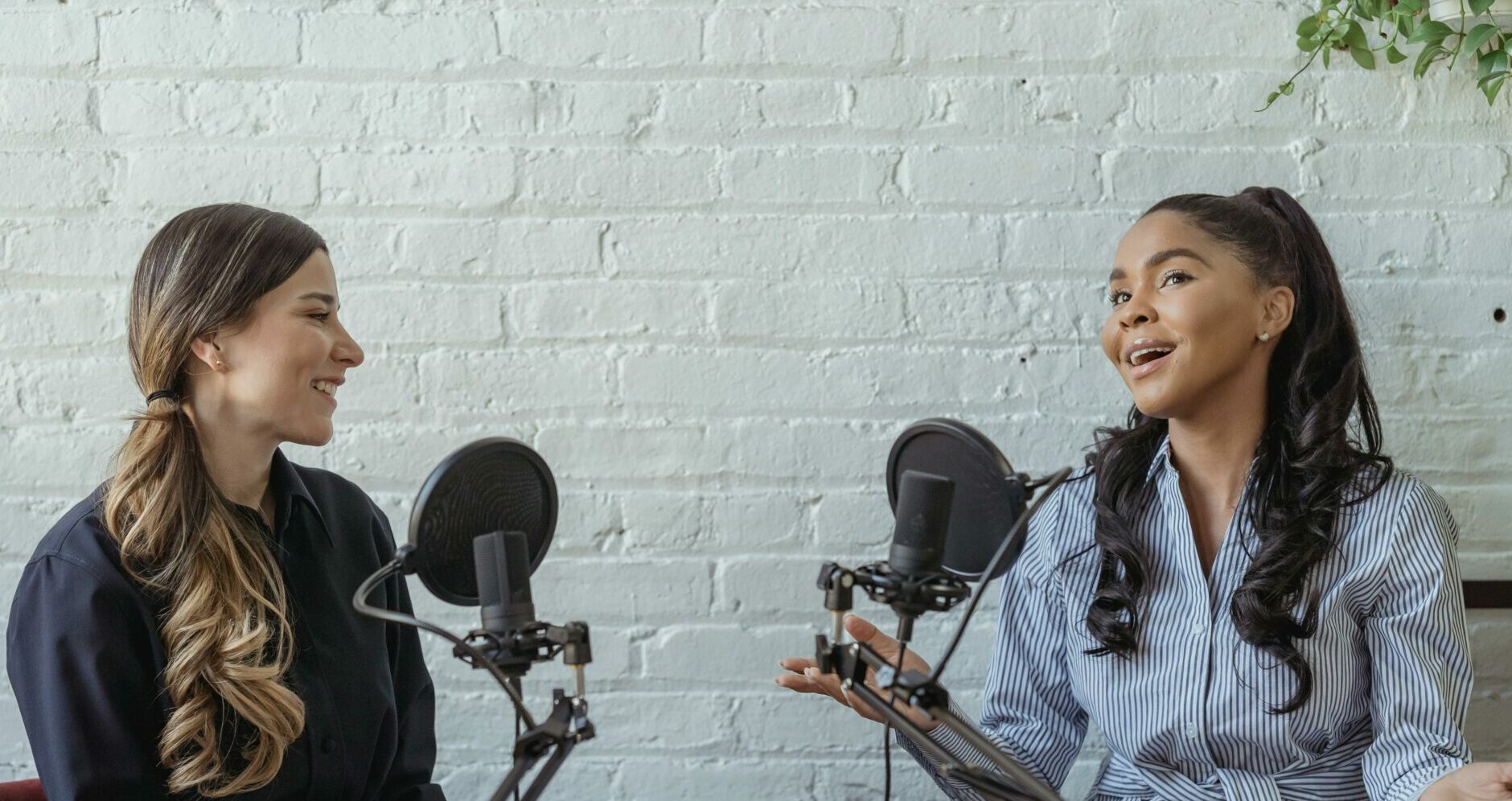Most organisations that commission content really care about endings. But here’s a secret that content pros rarely reveal: Hardly anyone in your audience reads to the end.
I’m going to tell you why (you’ll probably think it’s obvious), along with something less obvious: that fact is not a terrible thing.
A couple of years ago Slate really nailed a piece of ‘How-far-do-people-read?’ analysis in the snappily-titled, You Won’t Finish This Article – which was clearly also a bit of reverse psychology. (Who can blame them?)
There are people who click on a link and never even get to the page – staggeringly, over a third of eyeballs get bounced before entry. There are also those who never scroll, those who do other things on their screens while the article sits there sadly in an open browser tab, and even those who share immediately to social media without ever reading what they’re sharing. Yes, you read that last one correctly.
The Slate piece says the sweet spot is people who read about halfway through a piece.
Slate’s analysis is based on information from the content measurement company Chartbeat, and there are similar studies out there. But those who have trained as journalists have long known about the inverted pyramid. This is a model, common to news reporting, that puts the most important information at the top of every article.
The structure is simple. The most important information is conveyed first. It starts with a headline (with an occasional extension to that headline that is often called a deck or standfirst), followed by the first paragraph. By the time a reader is halfway down – or even before then – the writers/editors are probably adding background and context, often retreading ground that has been covered before.
In short, media companies have long known they must get across the most important information first.
So why do the organisations that are increasingly competing with media for eyeballs and attention put so much emphasis on how a piece of content ends?
For one thing, much of the content isn’t often a news story. They’re white papers, reports, e-books, videos, podcasts and more. In some of those formats, the conclusion can be important.
Also, for many non-professionals now tasked with content creation, their training only went as far as high school English lessons. Think back to what your teacher used to tell you: No contractions, use full sentences, write in the third person, write a neat summarising paragraph at the end of every story – I could go on.
Guess what? Effective writing can pretty much throw all of those rules out the window, and can take many different forms.
People also tend to apply the rules of fiction to the world of business writing. Read a novel and the pay-off is usually near the end. But with non-fiction your audience won’t stick around for a big reveal, something that’s really important to you but almost certainly not to them.
Does this mean we shouldn’t care about content from halfway onwards? Of course not. But there are more effective ways of getting a message across than trying to wrap up everything neatly in a big grand finale. Think of the tricks you see in medialand and elsewhere on the web every day:
Use a bold call to action (CTA) – Just as your favourite retail websites make it easy for you to hit the ‘buy’ button, effective content from brands has a line or a box that always spells out your next click. (Ours below is about helping you with our Speech-to-blog service, for example.) Use this space, which can be subtle or a large, in-your-face box, to get across your core message.
Page furniture – Arrange this well and you’ll even get through to the reader who just scans your pages. Use box outs, pull quotes, graphics, photos with captions – anything for the lazy or, more likely, time-pressed reader.
Bullet points – easy as 1, 2, 3 – The idea of listicles online has a bad image. Don’t use lists without reason but remember they’re an easy way for people to consume content and even share that content with others. This is about how you communicate effectively. There are no rules. You might even be bold enough to finish on one of these bullet points without a trite concluding paragraph.
*photo credit: Road Construction Sign via atom smasher (license)
–
Follow us on Twitter – @ColContent
Need a corporate blog but don’t have the time or editorial expertise? Try Speech-to-blog, a corporate blogging service from Collective Content.









